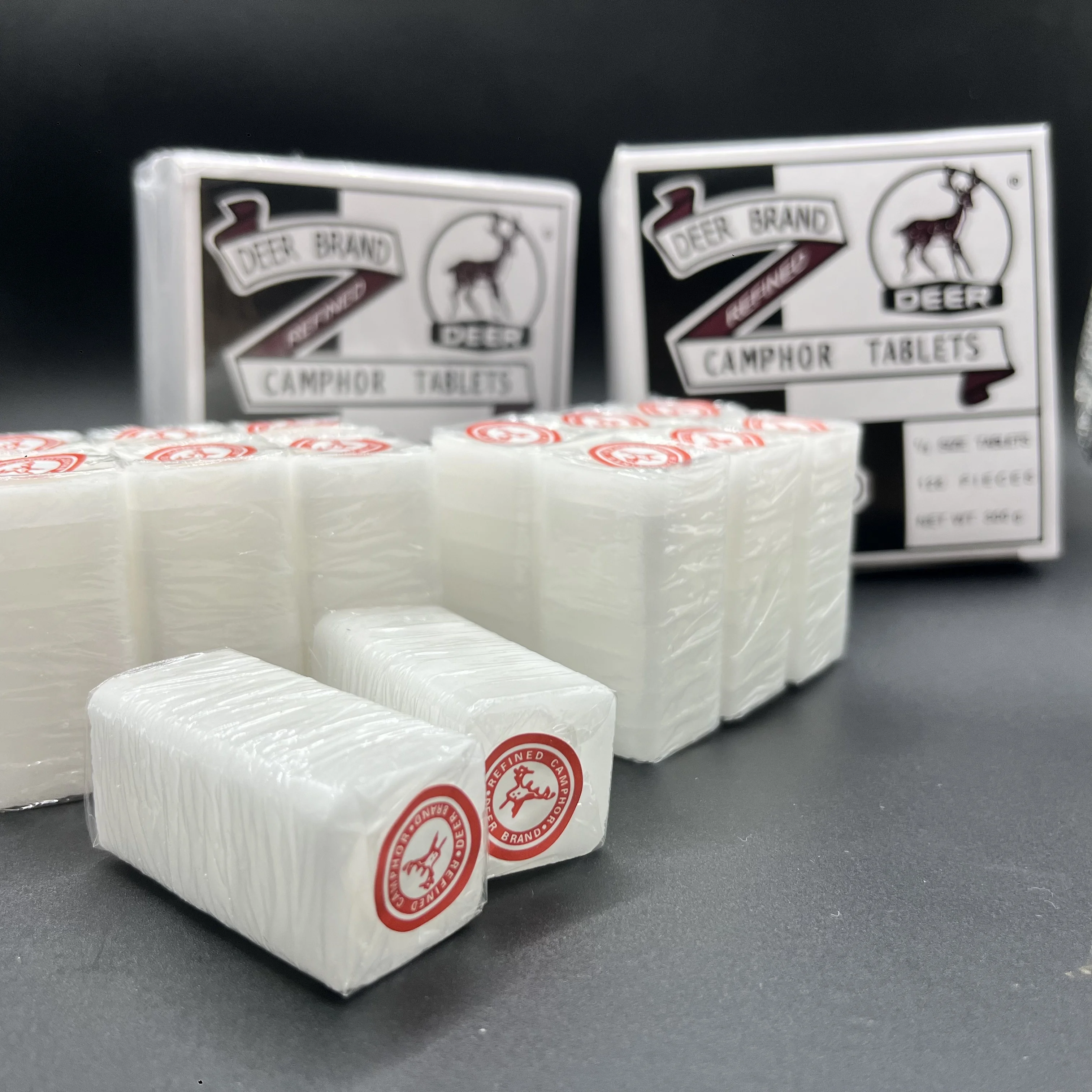When it comes to fashion, interior design, or branding, the question often arises: What color goes with everything? This inquiry transcends mere aesthetics; it delves into the psychology of color, cultural implications, and practical applications across various industries. In this article, we will explore the nuances of color theory, the versatility of certain shades, and how to effectively incorporate them into your personal or professional projects.
Understanding Color Theory
Before identifying the color that pairs well with everything, it's essential to grasp the fundamentals of color theory. At its core, color theory examines how colors interact, the emotional responses they evoke, and their cultural significance. The color wheel, a tool developed by Isaac Newton, categorizes colors into primary, secondary, and tertiary groups, helping us understand complementary and analogous relationships.
Primary Colors: Red, blue, and yellow are the building blocks of all other colors. They cannot be created by mixing other colors.
Secondary Colors: Green, orange, and purple are formed by mixing primary colors.
Tertiary Colors: These are created by mixing a primary color with a secondary color, resulting in shades like red-orange or blue-green.
The Color That Goes with Everything: Neutrals
While many colors can be considered versatile, neutrals stand out as the shades that truly go with everything. Neutrals include black, white, gray, beige, and taupe. These colors serve as a backdrop, allowing other colors to shine without overwhelming the overall aesthetic.
- Black: The Timeless Classic
Black is often hailed as the ultimate neutral. Its versatility allows it to pair seamlessly with virtually any color, making it a staple in fashion and design. In fashion, a little black dress is a quintessential piece that can be dressed up or down, while in interior design, black accents can add sophistication and depth to any space.
Psychological Impact: Black conveys elegance, authority, and sophistication. It can evoke feelings of power and confidence, making it a popular choice in branding and marketing.
- White: The Canvas of Possibilities
White is another color that complements everything. It symbolizes purity, simplicity, and cleanliness. In design, white spaces can create a sense of openness and tranquility, allowing other colors to take center stage.
Practical Application: In fashion, a white shirt is a versatile piece that can be paired with jeans, skirts, or tailored trousers. In interiors, white walls can make a room feel larger and brighter, providing a perfect backdrop for colorful artwork or furniture.
- Gray: The Balance of Warmth and Coolness
Gray is often overlooked but is a powerful neutral that can harmonize with both warm and cool tones. Its adaptability makes it suitable for various applications, from fashion to home decor.
Design Tip: Pairing gray with vibrant colors can create a striking contrast, while combining it with other neutrals can produce a sophisticated, monochromatic look.
The Role of Accent Colors
While neutrals provide a solid foundation, accent colors can enhance the overall aesthetic. When choosing accent colors, consider the emotional response you want to evoke. For instance, warm colors like red and orange can create a sense of energy and excitement, while cool colors like blue and green can promote calmness and relaxation.
Color Combinations:
- Black + Gold: This combination exudes luxury and sophistication, perfect for high-end branding or elegant events.
- White + Pastels: Soft pastel colors paired with white create a fresh, airy feel, ideal for spring collections or light, inviting interiors.
- Gray + Jewel Tones: Rich jewel tones like emerald green or sapphire blue against a gray backdrop can create a striking and modern aesthetic.
Cultural Considerations
It's crucial to recognize that color meanings can vary significantly across cultures. For example, while white is often associated with purity in Western cultures, it can symbolize mourning in some Eastern cultures. Understanding these cultural implications is vital when selecting colors for branding or design projects that target diverse audiences.
Conclusion: The Power of Versatile Colors
In conclusion, while there may not be a single color that goes with everything, neutrals like black, white, and gray offer unparalleled versatility across various applications. By understanding color theory and the psychological impact of colors, you can make informed decisions that enhance your personal style or professional projects. Remember, the key to successful color pairing lies in balance and intention, allowing you to create harmonious and visually appealing compositions that resonate with your audience.



More Stories
Slipcover Winter Blanket Warm: The Ultimate Home Essential for Cold Weather Living
Cozy Holiday Style: Christmas Sweatshirts for Women
2-Person Fiberglass Speed Boat: Compact Design with High Performance